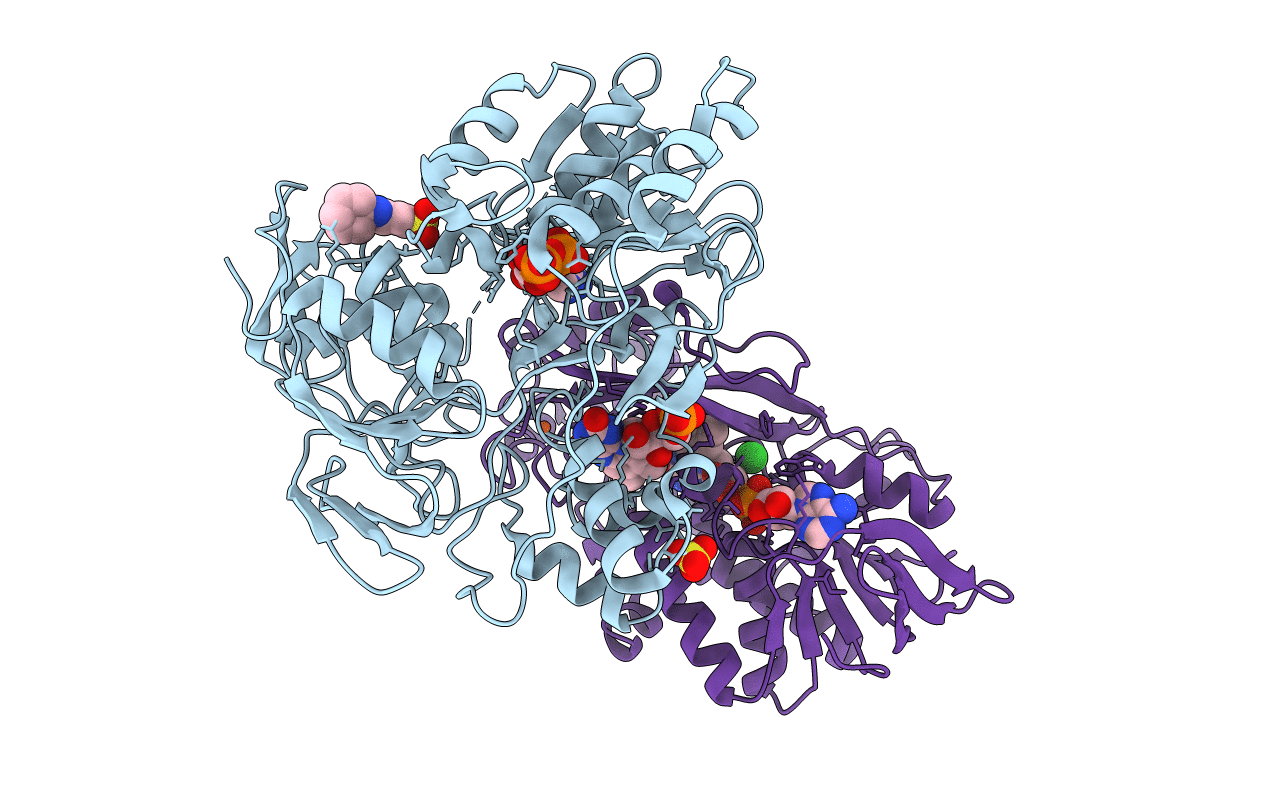
Deposition Date
2004-12-02
Release Date
2005-07-26
Last Version Date
2024-11-13
Entry Detail
PDB ID:
1Y56
Keywords:
Title:
Crystal structure of L-proline dehydrogenase from P.horikoshii
Biological Source:
Source Organism:
Pyrococcus horikoshii (Taxon ID: 70601)
Host Organism:
Method Details:
Experimental Method:
Resolution:
2.86 Å
R-Value Free:
0.22
R-Value Work:
0.18
R-Value Observed:
0.18
Space Group:
P 64 2 2


